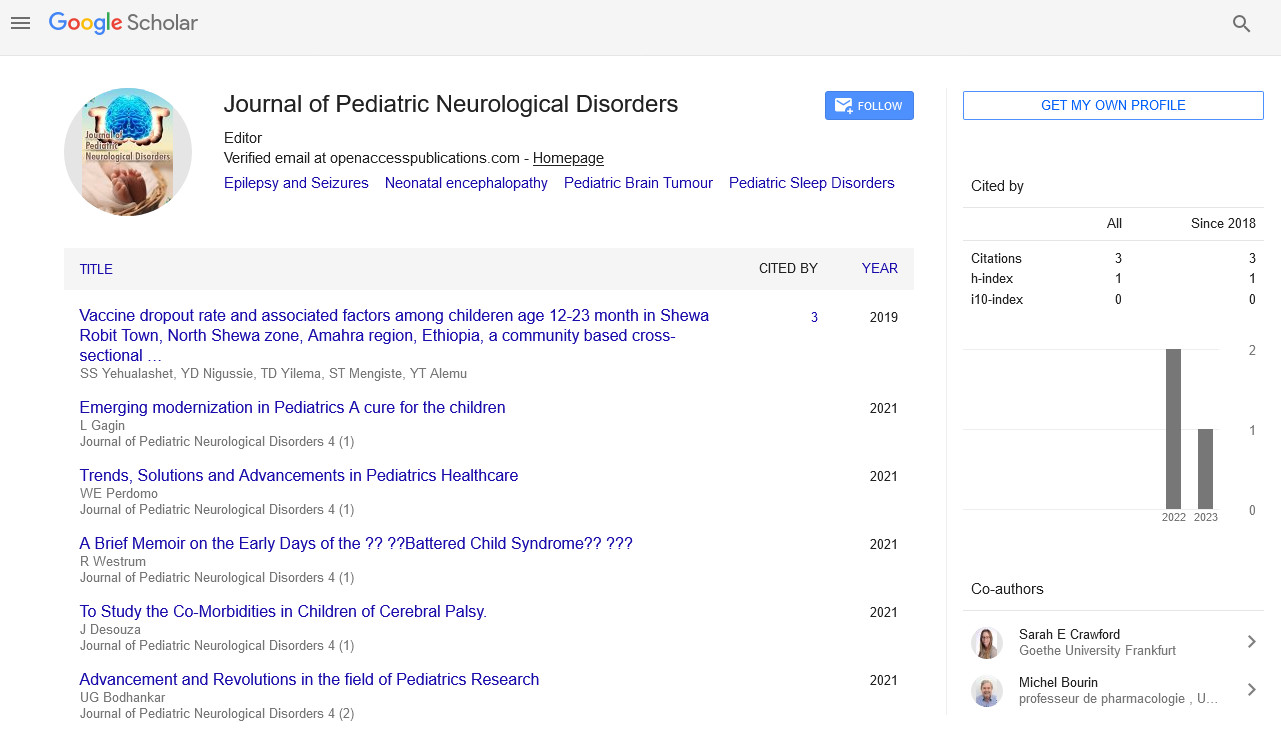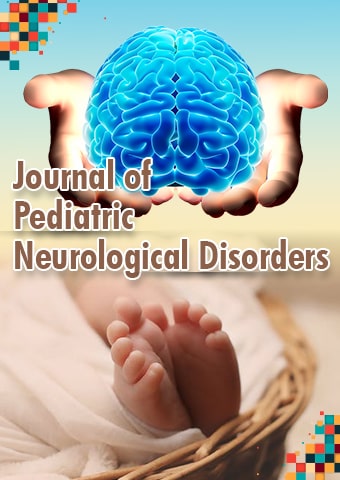Short Article - Journal of Pediatric Neurological Disorders (2020) Volume 3, Issue 2
Utility of Hypoxic Preconditioning in the Treatment of Dementia
Arkadi Prokopov
Athletic HighTech S.L. Palma, Spain
Abstract
Physical activity prevents and significantly reduces risks of dementia. Human brain is modifiable into late adulthood. Brain vasculature, neocortex, prefrontal lobes and hippocampus are most affected by dementia and might be especially sensitive to the multimodal interventions. Studies confirm efficacy of physical training in dementia prevention and treatment, whereas multiple obstacles remain unresolved. Overcoming a low compliance to physical exercising, particularly among senior and disabled patients, is crucially important. Benefits of physical exercising, and even more, would be achieved without applying exercising routine "per se", but using instead a particular mode of controlled intermittent oxygenation: The Intermittent Hypoxic- Hyperoxic Training (IHHT) with the help of specialized breathing training equipment. IHHT employs the hypoxic preconditioning phenomenon, which provides alleviation of oxidative stress, suppression of neuroinflammation, as well as stimulation of neuroplasticity and brain tissue regeneration. IHHT induces mitochondrial rejuvenation and attenuates oxidative/nitrosative stress, stimulates the endogenous coenzyme Q10, activates hypothalamic-pituitary adrenocortical axis, activates Hsp 70 pathway, stimulates dopaminergic, noradrenergic, serotonergic neurotransmission, balances immune function, and boosts production of neurotrophic factors. The initial improvements (behavior, emotional balance, sleep normalization) usually seen during the first three to five IHHT sessions. Improvement of cognitive and executive functions can take weeks to months. The parameters of morphological recovery of brain tissues can be evaluated approximately 12 months after the beginning of the program. To facilitate intrinsic repair pathways, an individualized supplementation and nutritional program is essential. The author published a case study of an elderly female patient diagnosed with Alzheimer’s Dementia in 2007. The integrative IHHT-based treatment began in 2008, resulting in a stable remission of AD and brain recovery, (functional and morphological) achieved during eight months of continuous treatment. The patient continues a maintenance treatment program at home and shows stable cognitive and executive functionality and enjoys a high quality of life.
Our experience, supported by published research, provides justification for the initiation of a pilot study with patients suffering from dementia severe pneumonia which also presents with cough, fever and shortness of breath and so it’s very difficult to differentiate between COVID-19 pneumonia and it’s complications like pulmonary embolism.
Here we present a case of young girl of COVID-19 disease who had associated pulmonary embolism.
CASE REPORT:
A 27 years old female came with complaint of severe left sided chest pain for 1 week and shortness of breath for 4 days, pain was pleuritic in nature. It was sharp and increased on deep breaths and relieved with rest. She was previously tested for coronavirus and that came out to be positive. She was a nursing home worker and developed fever and dry cough for which she was tested for covid. The lady had no previous premorbid conditions and she was not on any medications apart from need based pain killers. She had tachycardia on examination and normal cardiovascular and chest examination including the other observations. The ECG showed sinus tachycardia and chest X-ray was normal as well. The lab work was normal including the troponins and D-Dimers were mildly raised to more than 600ng/mL and a computerized tomography pulmonary angiography was advised which showed segmental pulmonary embolism involving the posterior basal segment of the left lower lobe with associated area of opacity depicting the pulmonary hemorrhage/infarction. The patient was already put on treatment dose enoxaparin subcutaneously and then later shifted onto Direct acting oral anticoagulant i.e. apixaban and a followup was arranged in anticoagulation clinic for further management and surveillance.

